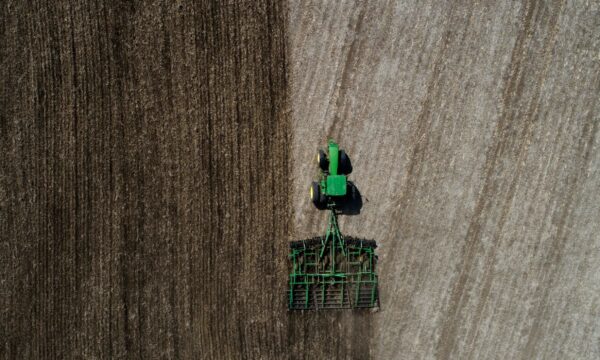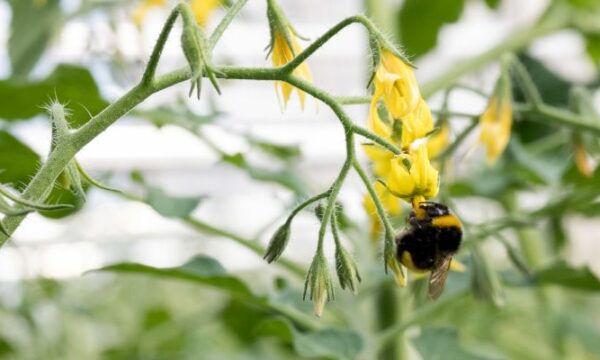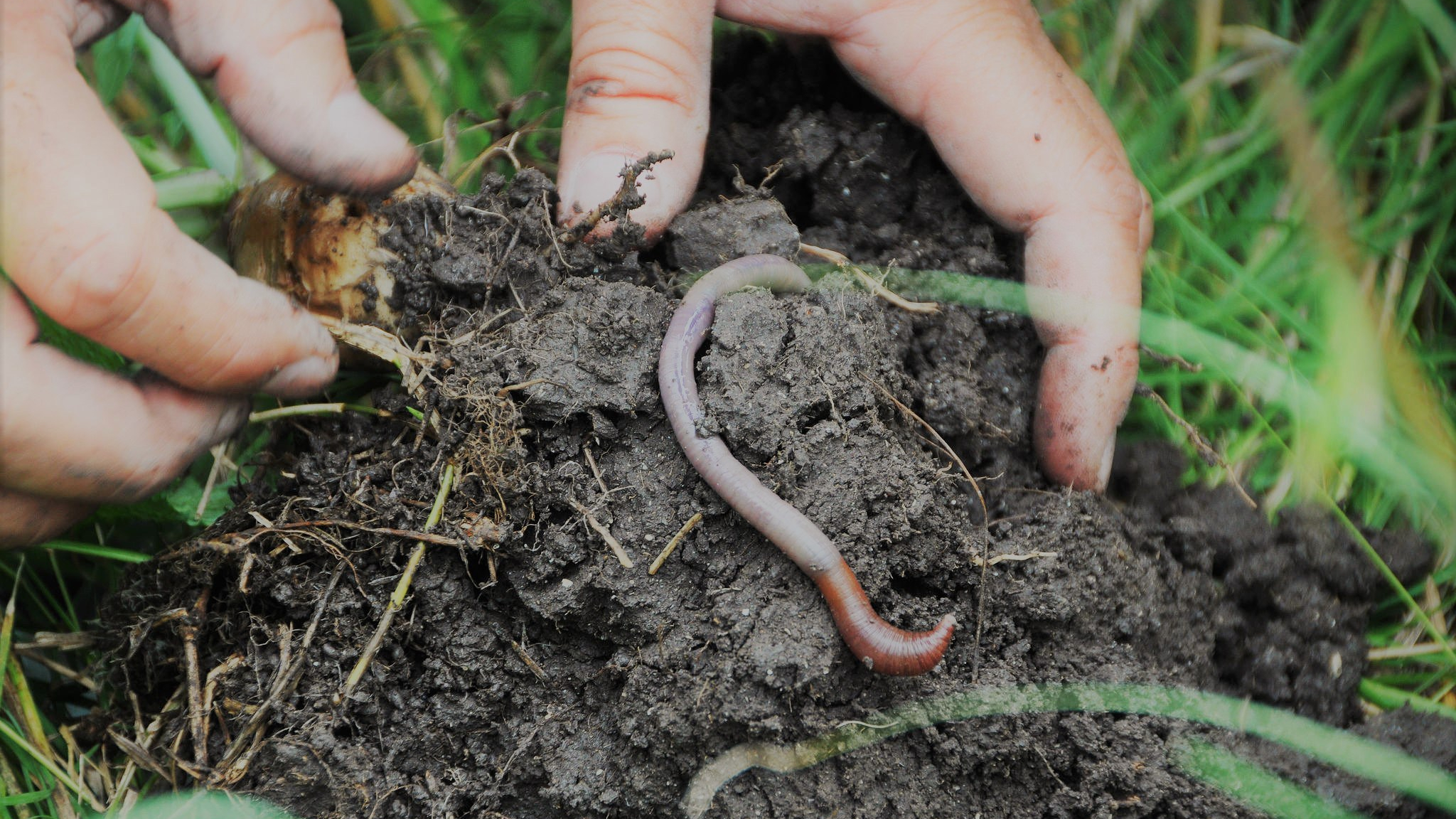
Photo: pxhere
Everyone knows forests are home to a wealth of biodiversity, with the Amazon alone hosting a quarter of global biodiversity. It is also now well established that diversity in crop production increases a farmer’s resilience to environmental stresses and shocks – from extreme weather to pests.
In terms of ending poverty, food insecurity and environmental degradation, agroforestry was positioned today at CFS44 as playing a crucial role in helping many countries meet key national development objectives epitomised under the Sustainable Development Goals (SDGs).
Today’s expert panel concluded at a CFS44 side event on Forests, trees and agroforestry for food security and nutrition, that agroforestry and those reliant on them, potentially 1.7 billion people, must be part of a future where people and forests sustain one another.
Agroforestry describes a traditional farming system where trees, crops and livestock all share the same parcel of land. If practiced sustainably, it mimics the local growing environment to reuse and replenish natural resources while providing long-term security in crop health and income.
So why isn’t agroforestry a mainstream way of farming? After all, it’s good for people and the environment. Mr Simone Borelli, working at the Forestry Department of the Food and Agriculture Organization of the United Nations, and a panelist at the side event, was able to shed some light under the canopy of the issue.
As he sees it, there is a fundamental disagreement between key actors that forestry and agriculture can ever be a harmonious coupling. While conservationists commonly view agriculture in forest regions as a threat to biodiversity, agriculturalists often fail to see how multi-cropping can be as productive as mono-cropping.
The reality is quite different.
Take cattle rearing in East Africa, for example. If one cow is able to graze amongst 500 fodder trees, a farmer’s wealth will increase by between $US60-115 that year.
Mr Borelli also provides a case study in the so-called ‘Dry Corridor’ of Central America, where the worst droughts for ten years is affecting over 3.5 million people needing humanitarian assistance across Honduras and Guatemala. A Climate-smart Agroforestry project is helping increase the uptake of climate-resilient agroforestry systems; enhance soil and water conservation through Farmer Fields Schools.
The tremendous potential of agroforestry to address food security and preserve environmental sustainability is well documented. However, there still remains a number of shortcomings preventing upscaling of agroforestry: insecure land and tree tenure; lack of intersectoral coordination; inadequate services for smallholders; gender gaps, lack of data and limited use of existing knowledge.
Encompassing all these challenges remains the political stumbling block of deciding where trees should be – on a farm or not.
If that isn’t being at loggerheads then I don’t know what is.
This article is the second of a series of blogs covering CFS44 in Rome this week. Subscribe to the Plantwise blog now and never miss an update. Co-authored by Tran Ha My, ICRAF.
Follow Plantwise on Twitter for live-tweeted updates from select CFS44 side events.
Related News & Blogs
Horizon scanning for climate-driven pest threats can prevent biodiversity loss
On International Day for Biological Diversity, CABI’s Dr MaryLucy Oronje looks at horizon scanning and pest preparedness – approaches that help prevent the spread of invasive species, a major threat to biodiversity. Horizon scanning for invasive pests…
22 May 2025




